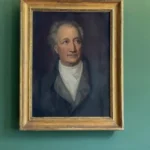Quick Overview of Munich
Munich is located in the Upper Bavaria plateau in southern Germany, approximately 45 km from the northern foothills of the Alps. As the capital of Bavaria, it is one of Germany’s main economic, cultural, technological, and transportation centers. The manufacturing, software, and service industries are well developed here, with the headquarters of companies such as BMW, Siemens, and Allianz located in the city, making it the second-largest financial center in Germany.
Moreover, Munich is a historic cultural city that retains the charm of the former capital of the Kingdom of Bavaria, featuring many Baroque and Gothic buildings that are typical representatives of the European Renaissance. The city is adorned with numerous sculptures, and it is this uniquely styled city that perfectly blends history and modernity. Strolling between the old town and the new, visitors can experience the illusion of time and space exchange, sparking limitless imagination.
It is said that Munich has ranked among the world’s most livable cities for several consecutive years. This city in southern Germany indeed boasts a pleasant climate, convenient transportation, and a well-balanced population, all while exhibiting its distinctive character. Additionally, there are many worthwhile places to visit in the surrounding areas.
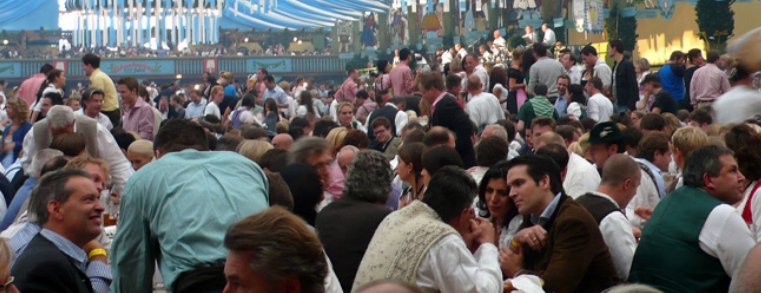
Special Recommendations
The Munich Beer Festival, also known as Oktoberfest, takes place from late September to early October each year, lasting for two weeks (about 16 days). It is one of the most vibrant festivals in the Bavaria region. During the festival, Munich is enveloped in a rich festive atmosphere, as the city’s eight major breweries set up enormous, luxurious beer tents in the square, offering their beers and Bavarian delicacies. Each tent is packed with people releasing joy and passion, with laughter and music filling the air.
The festival site features a variety of entertainment options, from merry-go-rounds suitable for children to thrilling Ferris wheels, as well as circus and magic performances. Unique little shops add a lively touch to the entire amusement area, where visitors can purchase Bavarian gingerbread, various snacks, and souvenirs. As night falls, colorful lights transform the beer festival into a dazzling, vibrant city that never sleeps.
With a high number of visitors during the festival, it’s best to arrange accommodations in advance; also, prices can be higher than usual.
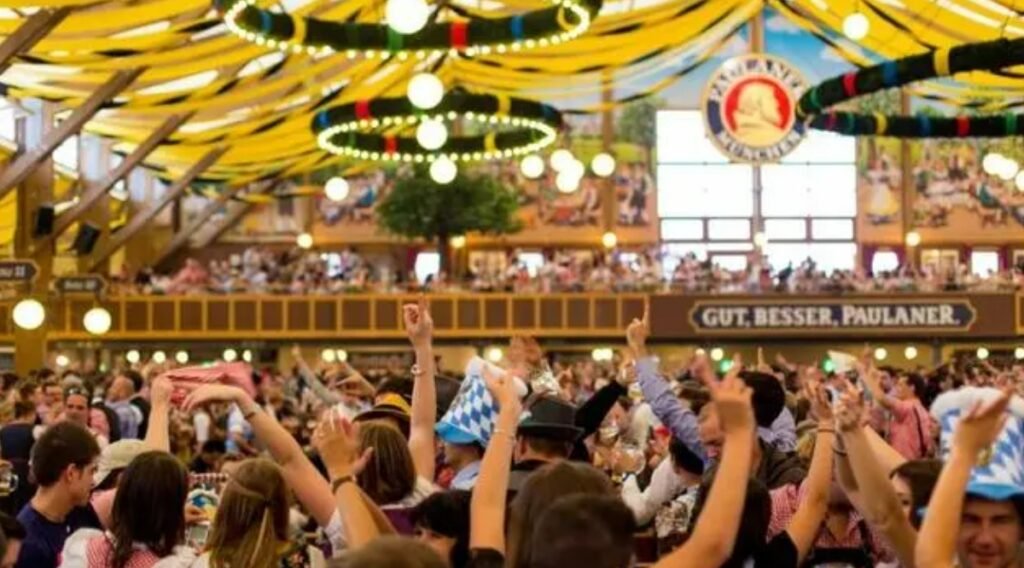
Highlights
The BMW Welt and BMW Museum in Munich are truly a paradise for car enthusiasts. Here, visitors can not only observe, listen to, and touch BMW’s design and creativity, but they can also sit inside the cars to simulate driving, experiencing the comfort and luxury of the vehicles as well as the thrill of driving.
Not far from Marienplatz is the Viktualienmarkt, a great place to feel the vibrancy of Munich and its lively atmosphere. With a dazzling array of goods on display—fresh seafood, fruits and vegetables, exquisite decorations, and more—picking up some delicious local snacks along with a fresh beer will surely enhance your experience in Munich.
Sights
The main attractions in Munich are concentrated near the old town, centered around Marienplatz. Visitors can easily walk to sites like the New Town Hall, Old Town Hall, Frauenkirche (Cathedral of Our Dear Lady), and the Residenz (Royal Palace). If you have enough time, you can dedicate a day each to visit Neuschwanstein Castle and Nymphenburg Palace.
Marienplatz
Marienplatz is considered the heart of the old town. Originally named Schrannen, it has maintained its central status in Munich since ancient times. During an outbreak of cholera that led to a plague, local residents fervently prayed for the protection of the Virgin Mary, and their prayers were remarkably answered. In gratitude, they renamed the square Marienplatz. The New Town Hall (Neues Rathaus) and Old Town Hall (Altes Rathaus) are both located here. Every day at 11:00 AM, visitors gather in Marienplatz to watch the Glockenspiel performance from the clock tower.
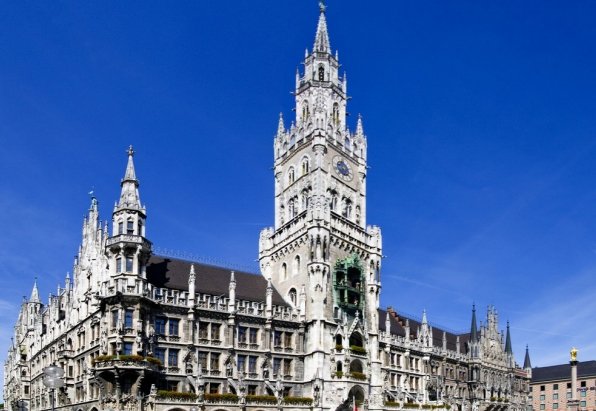
The Frauenkirche (Cathedral of Our Dear Lady) is located to the west of Marienplatz, where you can see two green “onion domes.” It serves as the cathedral for the Archdiocese of Munich and Freising and is an important landmark and popular tourist attraction in Munich. The church was constructed from red bricks over a span of 20 years and is designed in the Late Gothic style. Its lack of excessive decoration gives it a solemn appearance.
The church measures 109 meters in length and 40 meters in width, with twin towers rising to 99 meters, one of which is 12 centimeters taller than the other. Climbing to the top of the church towers offers a panoramic view of Munich.
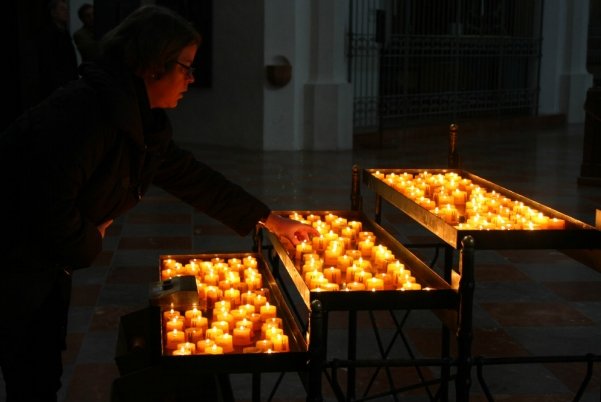
The Theatinerkirche is an Italian Baroque church built to celebrate the birth of Maximilian II Emanuel. It was commissioned by Elector Ferdinand Maria of Bavaria and his wife. The church’s iconic yellow exterior has become a highlight among Munich’s churches and has had a profound influence on Baroque architecture in southern Germany.
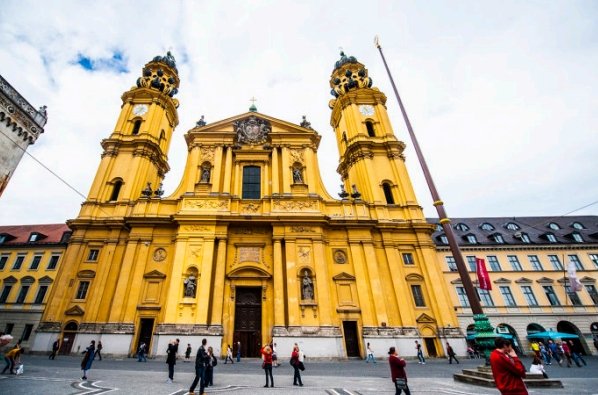
The Residenz and Treasury of the Residenz served as the family residence of the Bavarian rulers from 1385 to 1918, offering a glimpse into over 500 years of architectural history. In addition to the palace itself, there is the Residenz Museum, which features over 100 rooms filled with countless treasures and works of art. The palace also houses the Treasury, showcasing jewelry, crowns, and golden ornaments.
The Englischer Garten (English Garden) is located between the Isar River and the Schwabing district. Established in the 18th century, it covers approximately 3.7 kilometers and stretches northeast from the city center to the city limits. It is larger than New York’s Central Park but smaller than Dublin’s Phoenix Park, making it one of the largest urban parks in Europe. The garden is densely wooded and beautifully landscaped. In the middle of the park, you can find a five-story wooden Chinese pagoda (Chinesischer Turm). Surrounding the pagoda are numerous green beer stands, which can accommodate 7,000 people at the same time to enjoy German beer.

The BMW Museum features a circular exhibition space that showcases a variety of BMW cars, motorcycles, scooters, and some special-purpose vehicles from different eras and periods. Utilizing modern technologies such as sound, light, electricity, and multimedia, along with images and audio-visual materials, the museum enhances the artistic presentation of its exhibits, fully illustrating the history of growth and development of the BMW automobile company.

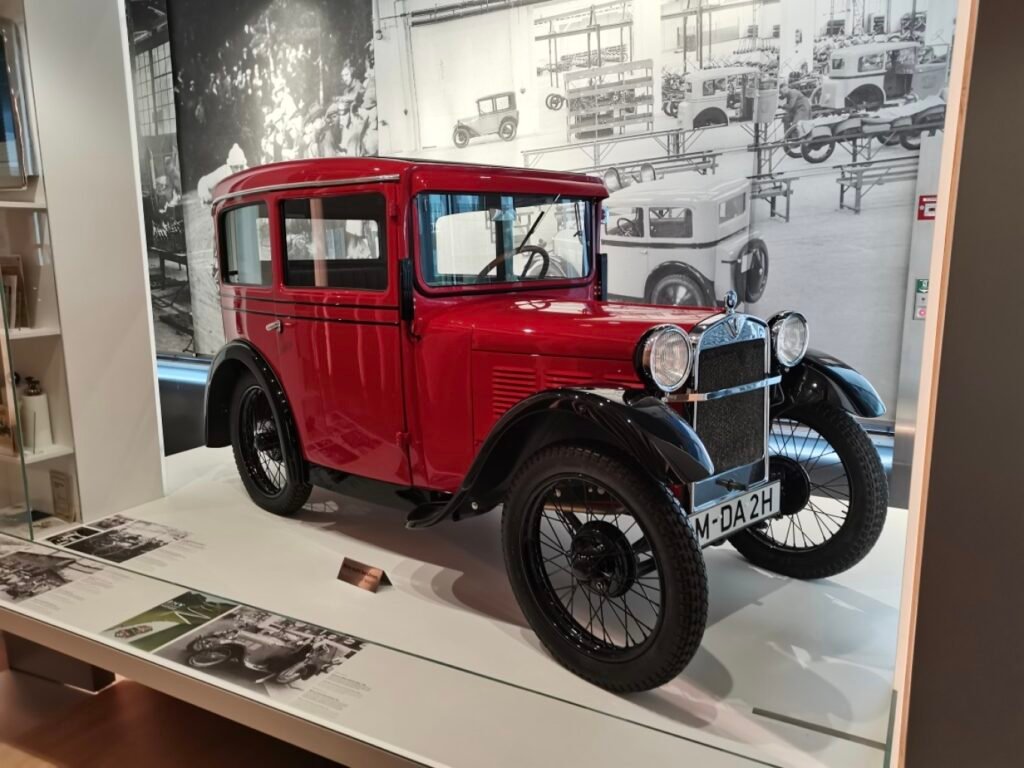
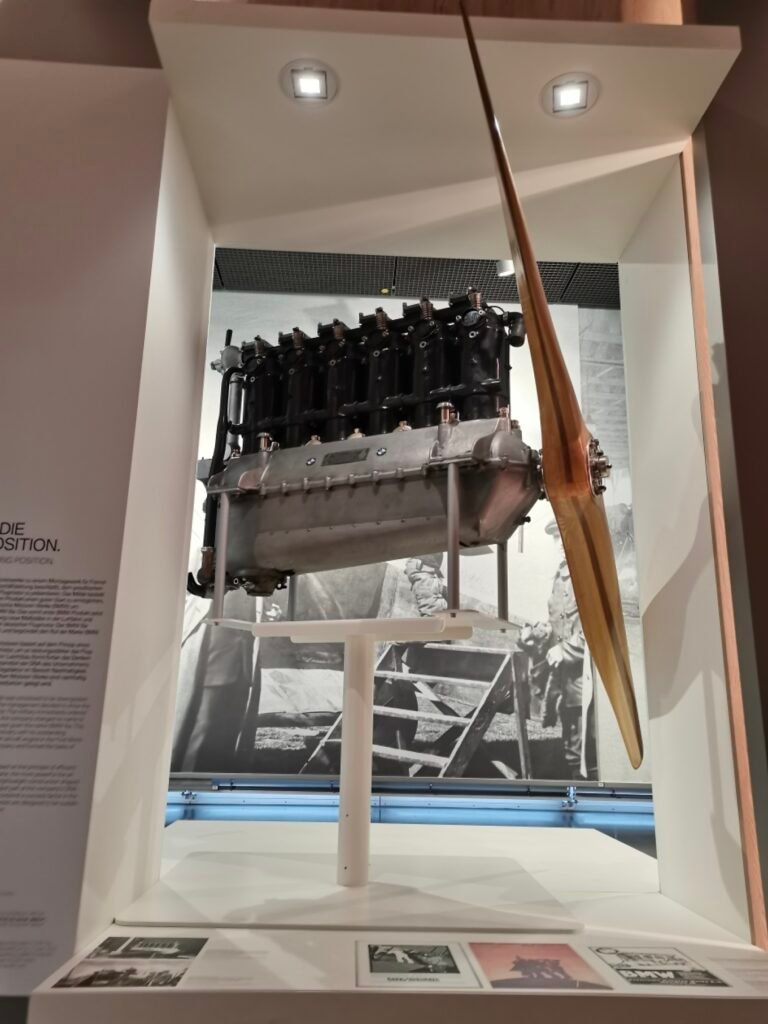
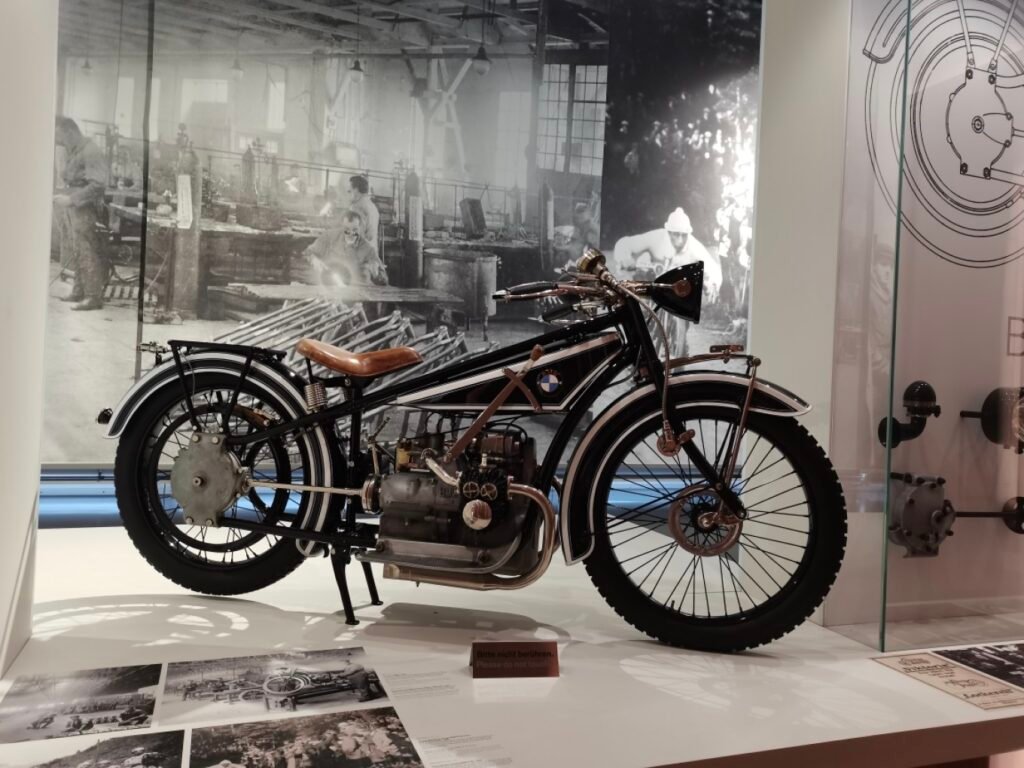
Accommodation Recommendations
Munich, the capital of Bavaria and the third largest city in Germany, has relatively high accommodation prices that peak during tourist seasons like the Octoberfest. High-end hotels with a classical charm are mainly concentrated in the quiet old town, with a few luxury hotels also located near the train station. These hotels are elegant and often have a long history, but they come with a hefty price tag, usually starting from €120.
More modern hotels are mostly found in the suburbs. These budget-friendly hotels offer comfortable environments at reasonable prices. Although they may be a bit farther from the city center and major attractions, Munich’s developed transportation system can help alleviate these concerns. Accommodation prices are around €60.
Numerous hostels and budget inns cluster around the train station, making this area the best choice for budget-conscious travelers. Accommodation prices here range from €13 to €20. Many parks in Munich allow free camping, though a few designated areas may charge a fee for camping.
In Munich, accommodation costs can vary significantly between peak and off-peak seasons, especially during the summer or the two weeks of the beer festival. It’s essential to book accommodations in advance; otherwise, you may find it challenging to secure a place to stay in Munich.
Eat
When you’re in Munich, you absolutely can’t miss the German sausages and pork knuckle. The variety of German sausages is world-renowned, made from a range of ingredients including pork, beef, vegetables, and even animal organs, often seasoned with unique local spices. They can be enjoyed in many ways—boiled, fried, grilled, or even tossed in salads, made into soups, or eaten raw.
Germany’s national dish features a hearty mix of sausages and ham served over a bed of tangy sauerkraut, and sometimes they even use a whole pork knuckle instead. Bread is a staple for Germans, essential at every meal. There are over 300 types of freshly baked bread available daily, from delightful little rolls to pretzels and long loaves.
In addition to traditional German fare, you’ll also find Italian, French, and Chinese restaurants throughout Munich.
Bavarian Flavor
Hofbräuhaus Munich
The Hofbräuhaus in Munich, established in 1589, was originally a royal brewery. The entire building can accommodate up to 5,000 people. This beer hall serves its own HB beer, and every day, nearly 10,000 liters of beer are dispatched to various taverns, pubs, banquet halls, and beer gardens. For centuries, the Hofbräuhaus has been the go-to spot for famous politicians and celebrities to gather. Notable guests have included Princess Sissi, Goethe, and Lenin.
Italian Cuisine
Tizian
This restaurant serves fantastic pasta and pizza, with all the ingredients being incredibly fresh. In the summer, you can dine near the fountain, enjoying the beautiful scenery while savoring delicious food.
Il Soprano
A very busy Italian restaurant. It may not be large, but the prices are quite reasonable, attracting a lot of customers. In addition to a variety of Italian pizzas, the fish dishes here are also delicious.
Christmas Market
Starting in late November and running until Christmas Eve, city centers across Germany—especially in Bavaria—transform into Christmas markets (known as Christkindlmarkt or Weihnachtsmarkt). In Munich, there are eight Christmas markets, with Marienplatz being the largest and undoubtedly the most lively.
These markets combine entertainment, shopping, and delicious food, creating an extraordinary allure. People squeeze through the wooden stalls, searching for the perfect Christmas gifts, all while enjoying warm drinks and endless culinary delights. The variety of items for sale is impressive: traditional German gingerbread, sausages, cheeses, and various home decorations are just some of the offerings. Locals love it, bundling up in warm clothes and spending hours enjoying the atmosphere. For travelers, the Christmas markets provide a fresh and exciting experience, making them a must-see if you visit Munich before Christmas.


